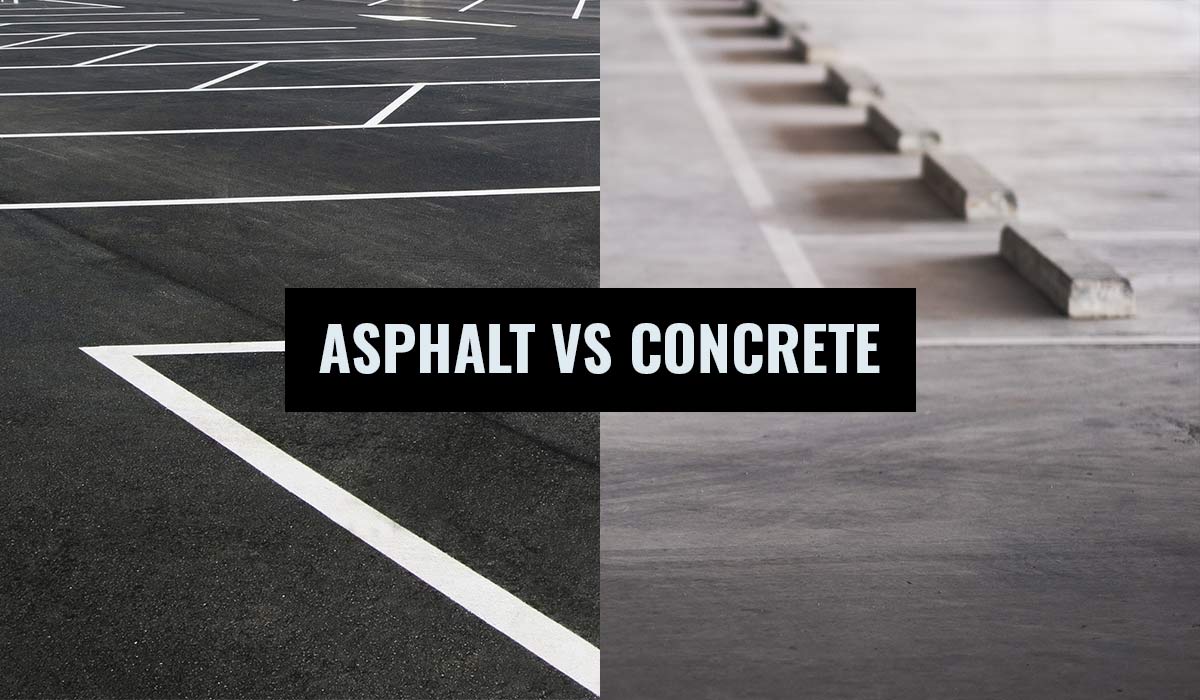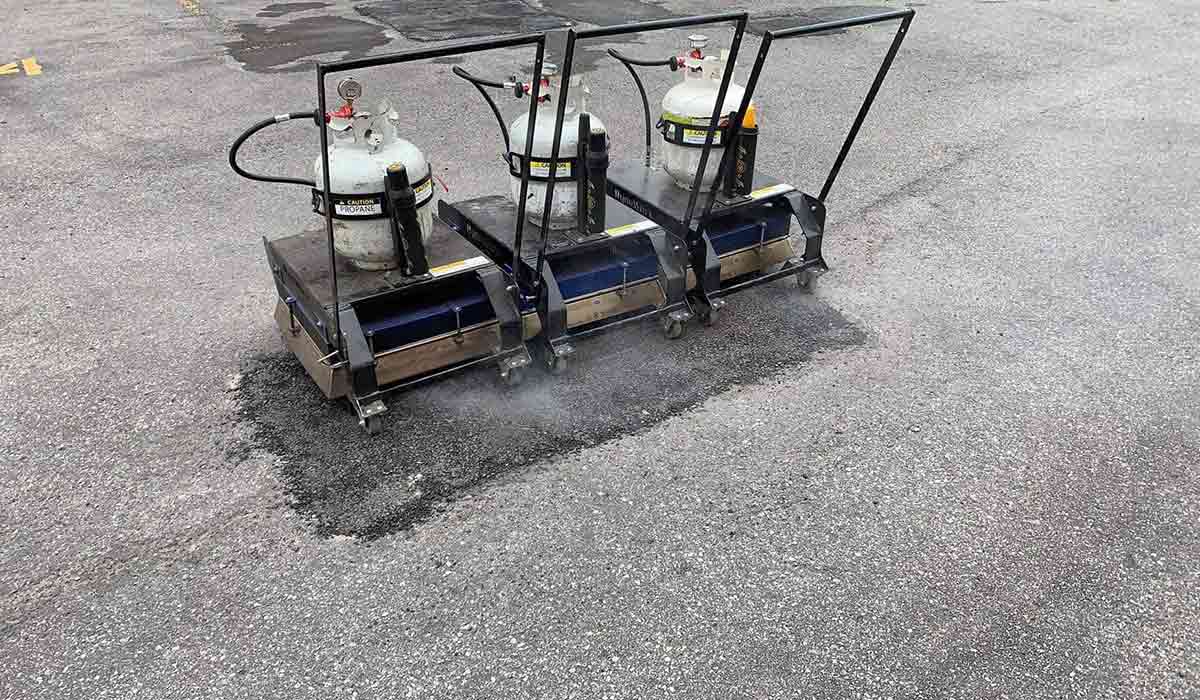Repairing cracks is easy, but problems do pop up once in a while. Crack repair problems are annoying, but they're not the end of the world. The good news is you can rectify these problems, and you can troubleshoot asphalt crack repair problems like a pro with our helpful guide.
Asphalt Crack Repair Problem #1: Tracking
Have you ever repaired a crack but then found out that someone had stepped on the melted crack fill and tracked ugly marks on the pavement or lawn? Even worse, you or someone else unwittingly left marks inside the garage or on the floor of the building itself.
The primary reason why this happens is that the material may have been overheated in the asphalt crack filler machine during the melting process. The correct crack filling melting temperature is 350°F. If your crack filling machine is set to 400°F, it can burn rubber out of the material.
It leaves behind an oily, tacky substance that will dry quickly enough. Because overall adhesion and drying capability are affected, they tend to stick to shoes and tires when someone walks or drives on newly repaired cracks.
The solutions are simple. If tracking happens, simply sprinkle some sand onto the newly repaired crack to create a non-tacky finish. Putting sand adds durability as well. Alternatively, you can heat some crack fill material to the right temperature and reapply it to the area.
One of the things you can do to prevent tracking in the first place is to purchase only high-quality crack fill that contains the right amount of rubber. Don't purchase from big-box stores as these usually don't contain the right amount of rubber for commercial application. You can also consider infrared asphalt repair because it outperforms other methods.
Asphalt Crack Repair Problem #2: Bottomless Pit
Another common crack repair problem is what we refer to as the bottomless pit. Asphalt pavements are made up of densely packed gravel and crushed stone underneath. The moment a crack appears on the surface, it gives an opening for water to seep in and erode the foundation. As the foundation continues to erode, a cavern or bottomless pit appears.
When repairing bottomless pits, refrain from filling them in with crack sealer immediately. Fill them with sand half an inch deep before adding crack filler.
Asphalt Crack Repair Problem #3: Using the Wrong Kind of Filler
Another crack fill no-no is using the wrong kind of crack sealer. Let's say you're dealing with alligator cracks. Do you use hot pour crack filler? The answer is no because this kind of crack filler is better suited to longitudinal and transverse cracks.
With alligator cracks, we recommend that you use cold pour sealers like Gator Patch. Gator Patch is designed to spread out and go down like a mortar to the fissures to seal them. It results in a smooth, even, and sealed surface that you can use for many years.
Looking for more asphalt maintenance tips? Then browse the Asphalt Kingdom blog for additional resources on crack fillers, asphalt repairs, and more.











